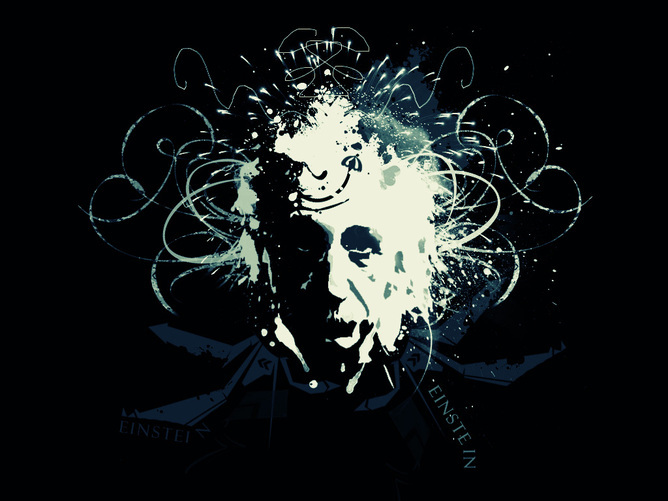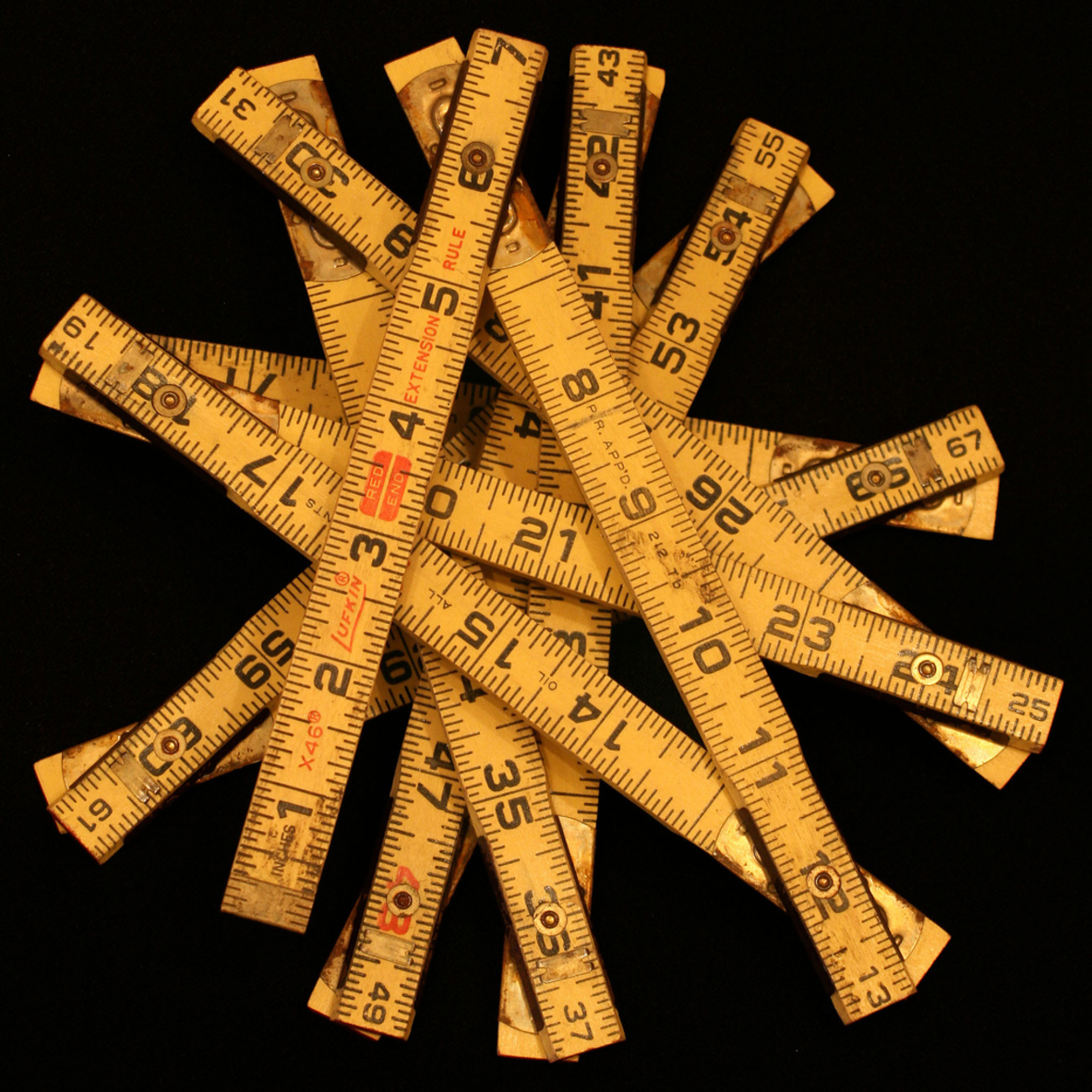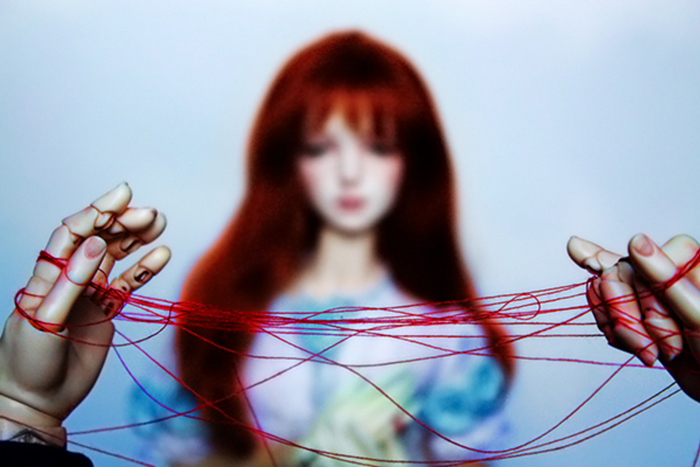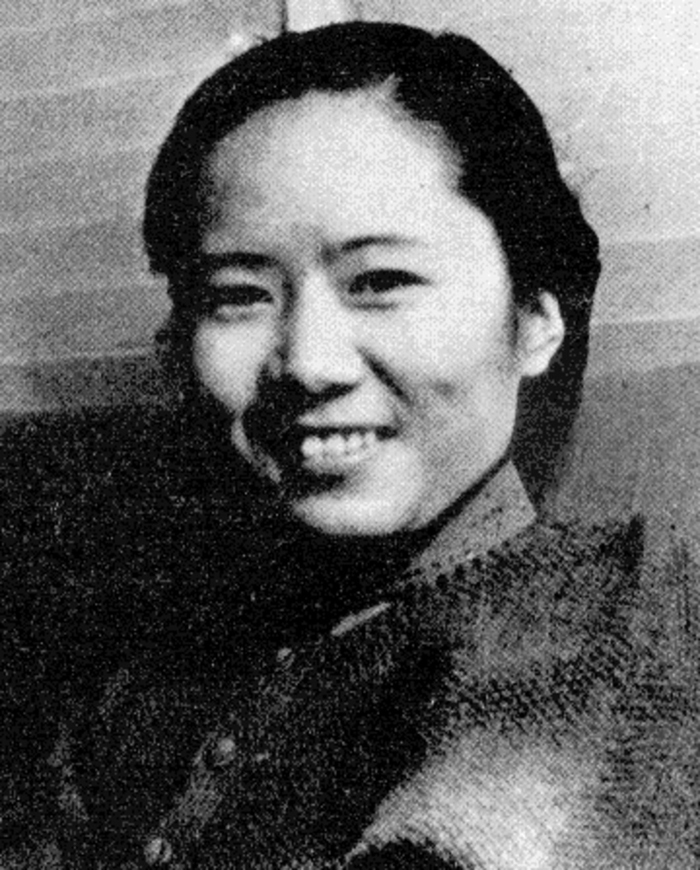
Einstein vs Quantum Mechanics ... and Why He'd Be a Convert Today (Op-Ed)

This article was originally published at The Conversation. The publication contributed the article to Live Science's Expert Voices: Op-Ed & Insights.
Albert Einstein may be most famous for his mass-energy equivalence formula E = mc2, but his work also laid down the foundation for modern quantum mechanics.
His analysis of the “spookiness” of quantum mechanics opened up a whole range of applications including quantum teleportation and quantum cryptography, but he wasn’t completely convinced by the theory of quantum mechanics – and that story is as fascinating as the theory he attempted to nail down.
Quantum mechanics is downright bizarre. It implies that a particle, such as an electron, can pass through two holes at the same time.
More famously, German physicist Erwin Schrödinger’s equations proved that a cat could end up in a peculiar sort of quantum state, being neither dead nor alive.
None of this impressed Einstein. He believed quantum mechanics was correct, but desperately wanted to find a way to “complete” quantum mechanics so it made sense.
At the time, most quantum physicists adopted the “shut up and calculate” philosophy: get on with the job, and don’t worry about philosophical issues – just get the predictions.
Sign up for the Live Science daily newsletter now
Get the world’s most fascinating discoveries delivered straight to your inbox.
Gaining momentum (and position)

Einstein’s opponents used Heisenberg’s Uncertainty Principle against him, which (among other things) states it is not possible to measure both the position and the momentum of a particle simultaneously to arbitrary accuracy.
If someone measures the position of a particle, the particle is disturbed, so its momentum changes. If it’s impossible to measure those two things at once, how can they be defined together?
Einstein’s opponents thought he simply didn’t understand quantum mechanics – but he knew the problem was deeper.
Then Eureka! In 1935, Einstein thought of a way to explain the problems with quantum mechanics. He would give a strong argument to show how position could indeed be measured without disturbing the particle!
Einstein (with American physicists Boris Podolsky and Nathan Rosen) discovered quantum entanglement.
Quantum entanglement of two particles means – bear with me here – that the quantum wave function describing them cannot be mathematically factorised into two separate parts, one for each particle.
This has an important consequence. Once two particles undergo entanglement, they become specially connected in a “spooky” kind of way that was eventually made clear by Einstein’s arguments and the experiments that followed.
A video explaining quantum entanglement, if that’s easier.
Einstein, Podolsky and Rosen – known collectively as EPR – realised that quantum mechanics predicted entangled states, where the positions and the momenta for two particles are perfectly correlated, no matter how far apart the two particles are.
That’s what was important to Einstein, who believed there could be no immediate disturbance to the second particle, as a result of anything that was done to the first particle. He called this “no-spooky-action-at-a-distance”.
So, suppose a girl called Alice measures the position of the first particle and a boy called Bob simultaneously measures the position of the second particle. Then because of the perfect correlation, once Alice makes her measurement, she knows immediately the result of Bob’s measurement.
For Einstein’s magical entangled states, her prediction is absolutely spot on – no error at all.

Then, Einstein argued that can only happen because Bob’s particle did actually have that precise position that Alice predicted. Nothing at Bob’s location can change because of Alice’s measurement, which cannot disturb the second particle.
As Bob and Alice’s measurements are separated by space, Einstein concluded there had to be a hidden variable to describe the precisely specified value of the position of the second particle measured by Bob.
Now, similarly, Alice can predict with absolute precision the momentum of Bob’s particle without disturbing it. Then, assuming no spooky action, Einstein claimed the momentum of Bob’s particle could also be precisely specified, regardless of Alice’s measurement.
This leaves us with Bob’s particle having simultaneously precise values for position and momentum – which contradicts the Heisenberg Uncertainty Principle.
Resolving spooky action
Einstein’s argument illustrated the contradiction between quantum mechanics as we know it and the assumption of “no-spooky-action-at-a-distance”. Einstein’s belief was to resolve the problem in the simplest way: to introduce hidden variables consistent with no spooky action that would complete quantum mechanics.
Of course, by far the simplest resolution would be that Einstein’s entanglement simply doesn’t exist in nature. There were proposals that maybe entanglement decays with the spatial separation of the particles, then there would be no conflict between quantum mechanics and spooky action.
There was the need to experimentally confirm Einstein’s entanglement.

Chien-Shiung Wu – often referred to as Madame Wu or the First Lady of Physics – from the University of Columbia was first to give evidence of Einstein’s entanglement in the laboratory. She showed an Einstein-type correlation between the polarisation of two well-separated photons, which are tiny localised particles of light.
John Bell, a physicist working at CERN, took Einstein very seriously and wanted to develop a hidden variable theory along the lines Einstein suggested.
He examined the states Madame Wu had created, but on looking closely at their predictions for some small adjustment of measurements, he came across a startling result.
According to quantum mechanics, finding such a hidden variable theory would be impossible. The results of measurements in the laboratory would be different for Einstein’s hidden variables and quantum mechanics.
This meant that quantum mechanics was simply wrong, or else that any hidden variable theory enabling a completion of quantum mechanics would have to allow a “spooky-action-at-a-distance”.
Back to the lab
In a nutshell, experimentalists John Clauser, Alain Aspect, Anton Zeilinger, Paul Kwiat and colleagues have performed the Bell proposal for a test of Einstein’s hidden variable theories. All results so far support quantum mechanics. It seems that when two particles undergo entanglement, whatever happens to one of the particles can instantly affect the other, even if the particles are separated!
Have Einstein’s dreams of a better theory have been dashed by experiments?
Not quite. The experiments to date focus on photons, not massive particles such as electrons or atoms. Nor do they deal with very large systems.
So I don’t think Einstein would give up just yet. He’d think that maybe laws are different for real particles.
Australian scientists are examining ways to test Einstein’s and Bell’s ideas, using atoms and even miniature objects that have been cooled so much they have lost all their thermal jittering. Who knows what they’ll find?
And as for my contribution? On working with squeezed states of light in the 1980s, I thought of a way to test for the original Einstein’s entanglement, after noting scientists were able to amplify and detect the tiny quantum fluctuations of optical amplitudes.
In quantum mechanics, these are just like “position" and “momentum” and the experiment opened up a whole new way of testing Einstein’s entanglement.
Experiments since have confirmed this mesoscopic type of Einstein’s entanglement in a range of environments, which brings us closer to understanding Schrödinger’s cat.
This article is based on presentations given at Australian Academy of Science: new fellows and medallists symposium, June 12, 2014 and Science at the Shine Dome, May 27-29, 2014.
Margaret Reid receives funding from the ARC.
This article was originally published on The Conversation. Read the original article. Follow all of the Expert Voices issues and debates — and become part of the discussion — on Facebook, Twitter and Google +. The views expressed are those of the author and do not necessarily reflect the views of the publisher. This version of the article was originally published on Live Science.









